In our last blog, we explored how shopping behaviors impact frictionless retail needs. We looked at eight different types of purchases that uniquely affect the shopping experience a customer expects. We also explained the common friction points retailers need to address for each of these customers.
Today, we’ll identify the different frictionless technology options retailers can leverage to eliminate these pain points. These technologies are paving the way for retailers to achieve the ‘frictionless retail’ they envision – one based on the unique needs of each experience. Only with the right solution can retailers deliver the speed, ease and convenience that today’s shoppers demand.
Here are just a few of the many different frictionless shopping services retailers can provide based on each stage of the shopping journey, ranging from the prominent to the possible:
1. Browsing
- Mobile ordering and order-ahead
The increased familiarity and adoption of mobile shopping has made it easier than ever for customers to order ahead. Buy online, pickup in-store (BOPIS) saves customers valuable time from browsing the aisles for items, eliminating friction points for normal purchases like grocery trips where shoppers want to quickly get in and out of the store. Customers making symbolic purchases will also appreciate order-ahead so they can be confident that the items they want are in stock.
This technology is also a great fit for recurring purchases since loyalty programs can be easily integrated into a consumer’s mobile app. A digital loyalty program allows retailers to send personalized offers directly to customers’ personal devices, providing a new level of excitement and value for shoppers on the go and keep customers coming back. - Connected cars
Connected cars will soon become more common as automakers integrate in-car shopping into their infotainment systems. Like mobile shopping, connected cars will allow drivers to place an order through their car and pick up their purchase when ready. This gives on-the-go consumers who are making normal or recurring purchases another option to quickly browse and order the items they need in their own vehicle.
2. Transaction
- Scan-and-pay/Tap-to-pay
Scan-and-pay has become increasingly popular in retail environments where people don’t want to wait in line. From grocery stores to convenience stores, this technology has been key to blending the online and in-person experience. The biggest advantages for retailers implementing this technology are increasing customer satisfaction and converting customers into loyal fans and brand ambassadors. We discuss the opportunities and challenges of scan-and-pay technology in our blog here.
Grocers like Ahold Delhaize have also implemented tap-to-pay technology, allowing customers to tap shelf labels with their loyalty card to buy an item, and their purchases will process through their mobile app. It’s another way to provide shoppers a convenient and easy shopping experience on their most personal device. - Cashierless Cameras
Amazon Go paved the way for the cashierless store trend, and a snowball effect is taking place as other grocers adopt this technology in order to deliver an excellent and frictionless customer experience.
By using cameras and/or sensors, retailers can track those who come into the store, which items they grab and allow them to pay digitally without ever having to physically check out. Similar to scan-and-pay, this removes the major pain point of long checkout lines and allows for contactless payment – a major factor in a post-pandemic world. - Shelf Sensors/RFIDs
A more affordable alternative to cameras, electronic shelf labels (ESLs) and smart RFIDs give retailers flexibility to adjust pricing in real-time. Retailers can manage millions of labels by displaying the optimal price at the right time with strategic data, increasing efficiency and basket size.
Shoppers making “saving” and “interim” purchases are looking for sales and discounted items that have a good price point, such as at apparel or home goods stores. To remain competitive and still make a profit, retailers can use these shelf sensors to quickly display markdowns and promotions in real time. Dynamically changing the price of these items protects margins while appealing to the target customer.
3. Last Mile
Like we mentioned in our last blog, the last mile is essential for impulse purchases. With more shoppers moving online, this will look differently than candy at an in-store checkout line. Instead, it will be based on the recommendations at the checkout page that will have customers “add to cart.”
- Pick-up in-store/Curbside pickup/Delivery
With mobile ordering and order-ahead as a browsing option, retailers will also need to offer reliable last mile options for a seamless end-to-end shopping experience. Whether a customer chooses pick-up in-store, curbside pickup or home delivery, it’s important that the order is completed seamlessly.
- Autonomous drone delivery
Autonomous flying drones are creating new opportunities for quick and reliable last-mile delivery. According to Gartner, more than a million drones could be carrying out retail deliveries by 2026. More and more retailers are investing in this technology to enable faster transportation, reduce operational costs and provide customers easy and contactless delivery. Recently, CVS, with UPS, announced plans to deliver prescription drugs with drones to retirement communities in an effort to provide safe and efficient deliveries during this time of crisis.
Deliver the right experience today with frictionless tech
With so many technology options available, retailers will first need to evaluate the main friction points that their customers care about, and from there, determine which of these frictionless options will lead to greater shopper satisfaction.
To get started on addressing your customers' unique needs with frictionless shopping technology, contact us today.

